A new longer-lasting sodium-ion battery design is much more durable and reliable in lab tests. After 300 charging cycles, it retained 90 percent of its charging capacity.
Tag: Batteries
These energy-packed batteries work well in extreme cold and heat
Researchers developed lithium-ion batteries that perform well at freezing cold and scorching hot temperatures, while packing a lot of energy. This could help electric cars travel farther on a single charge in the cold and reduce the need for cooling systems for the cars’ batteries in hot climates.
New biobatteries use bacterial interactions to generate power for weeks
Researchers at Binghamton University, State University of New York have developed a “plug-and-play” biobattery that lasts for weeks at a time and can be stacked to improve output voltage and current.
Lithium-ion batteries that last longer in extreme cold
To improve lithium-ion batteries’ performance in extreme cold, researchers reporting in ACS Central Science replaced the traditional graphite anode with a bumpy carbon-based material, which maintains its rechargeable storage capacity down to -31 F.
Story tips: Tailor-made molecules, better battery electrolytes, beyond Moore’s Law and improving climate model accuracy
ORNL Story tips: Tailor-made molecules, better battery electrolytes, beyond Moore’s Law and improving climate model accuracy

Electrolyte Additive Offers Lithium Battery Performance Breakthrough
UPTON, NY—A team of researchers led by chemists at the U.S. Department of Energy’s (DOE) Brookhaven National Laboratory has learned that an electrolyte additive allows stable high-voltage cycling of nickel-rich layered cathodes. Their work could lead to improvements in the energy density of lithium batteries that power electric vehicles.
Ultrathin fuel cell uses the body’s own sugar to generate electricity
Glucose is the sugar we absorb from the foods we eat. It is the fuel that powers every cell in our bodies. Could glucose also power tomorrow’s medical implants?
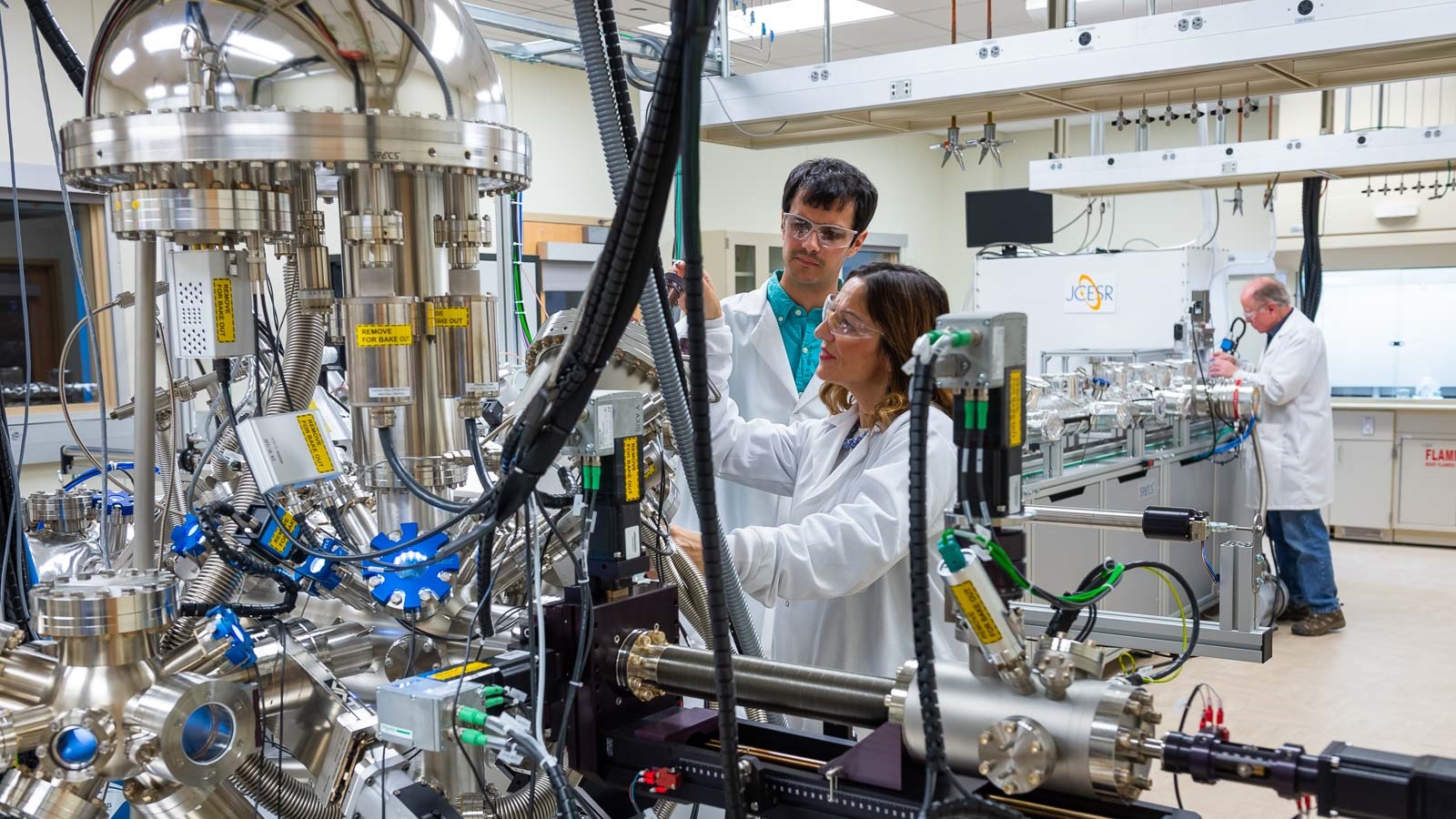
Center advancing beyond lithium battery technologies generates 30-plus patents for licensing
Researchers at the Joint Center for Energy Storage Research have invented a wide and diverse range of technologies in the “beyond lithium-ion” space, including 30-plus patents now available for licensing.
Tulane scientists develop powerful family of two-dimensional materials
Researchers say the material have great potential for applications such as in advanced electronics and high-capacity batteries.
What drives rechargeable battery decay? Depends on how many times you’ve charged it
How quickly a battery electrode decays depends on properties of individual particles in the battery – at first. Later on, the network of particles matters more.
New method for enabling a more reliable electric grid
Case Western Reserve University chemical engineers are working on a new generation of smaller, safer and less expensive batteries they say could allow electrical energy to be stored four times longer.
New scalable method resolves materials joining in solid-state batteries
Scientists at the Department of Energy’s Oak Ridge National Laboratory have developed a scalable, low-cost method to improve the joining of materials in solid-state batteries, resolving one of the big challenges in the commercial development of safe, long-lived energy storage systems.
Argonne taps internationally recognized researcher Shirley Meng as chief scientist for energy storage strategy
A pioneer in material science, Meng’s new role comes with a joint appointment as a professor at the Pritzker School of Molecular Engineering at The University of Chicago.
A new solid-state battery surprises the researchers who created it
Engineers created a new type of battery that weaves two promising battery sub-fields into a single battery. The battery uses both a solid state electrolyte and an all-silicon anode, making it a silicon all-solid-state battery. The initial rounds of tests show that the new battery is safe, long lasting, and energy dense. It holds promise for a wide range of applications from grid storage to electric vehicles.
Stretching the capacity of flexible energy storage (video)
Researchers in ACS’ Nano Letters report a flexible supercapacitor with electrodes made of wrinkled titanium carbide — a type of MXene nanomaterial — that maintained its ability to store and release electronic charges after repetitive stretching.
How extreme cold can crack lithium-ion battery materials, degrading performance
Storing the rechargeable batteries at sub-freezing temperatures can crack the battery cathode and separate it from other parts of the battery, a new study shows.
Tracking Pileups on Battery Charging Route to Drive Performance
An understanding of this mechanism could help scientists increase the total amount of energy stored by next-generation lithium-ion batteries.
Indoor Lighting Creates Power for Rechargeable Devices, Sensors
As more devices require recharging their batteries, researchers are looking to ambient lighting as a potential source of generating small amounts of power for indoor devices. The researchers used one lighting source, a white LED akin to normal brightness for indoor lights, to test three different modules — a gallium indium phosphide semiconductor, a gallium arsenide semiconductor, and a silicon semiconductor. The light source peaked in intensity on the shorter wavelengths of light.
Novel method of imaging silicon anode degradation may lead to better batteries
A novel method of characterizing the structural and chemical evolution of silicon and a thin layer that governs battery stability may enable better, cheaper batteries.
Bottling Clean Energy in Chemical Bonds
Of the various methods to store renewable energy, one stands out for holding onto energy for months at a time: storing energy in the chemical bonds of molecules such as hydrogen.
New type of wireless charger can charge multiple devices simultaneously
New technology developed at Aalto University may be the key to true wireless charging. The new transmitter creates power transfer channels in all directions, automatically tuning channels when receiving devices are in motion.
Sandia designs better batteries for grid-scale energy storage
Researchers at Sandia National Laboratories have designed a new class of molten sodium batteries for grid-scale energy storage. The new battery design was shared in a paper published today in the scientific journal Cell Reports Physical Science.
Save The Date: AIP Publishing Horizons Meeting Examines Energy Storage and Conversion
Energy conversion and storage is a critical part of modern society as applications continue to develop at a rapid pace. At the 2021 AIP Publishing Horizons Virtual Conference, researchers will unveil and discuss the latest advances in energy science and how the field will change over the next decades. In addition to speaker sessions, a poster program will provide a wide view of the exciting research going on now by scientists around the world.
Exploring the Electrochemistry of Water-Based Batteries
Researchers at Stony Brook University (SBU) and the U.S. Department of Energy’s (DOE) Brookhaven National Laboratory have identified the primary reaction mechanism that occurs in a rechargeable, water-based battery made from zinc and manganese oxide. The findings, published in Energy and Environmental Science, provide new insight for developing grid-scale energy storage.

Longer-lived lithium-metal battery marks step forward for electric vehicles
Researchers have increased the lifetime of a promising electric vehicle battery to a record level.
Internships Put Futures in Flight
PNNL intern Ki Ahn spent this past year as an undergraduate at PNNL gaining hands-on research experience in clean energy storage technologies for vehicles and aviation. Ahn is enrolling in Stanford University this fall to finish his bachelor’s degree. With plans to major in mechanical engineering or computer science, he wants to explore how future aircraft technologies can be designed to reduce harmful environmental effects.
Scientists Discover New Approach to Stabilize Cathode Materials
UPTON, NY—A team of researchers led by chemists at the U.S. Department of Energy’s (DOE) Brookhaven National Laboratory has studied an elusive property in cathode materials, called a valence gradient, to understand its effect on battery performance. The findings, published in Nature Communications, demonstrated that the valence gradient can serve as a new approach for stabilizing the structure of high-nickel-content cathodes against degradation and safety issues.
Story tips: Un-Earthly ice, buildings in the loop, batteries unbound and 3D printing for geothermal
ORNL story tips: Un-Earthly ice, buildings in the loop, batteries unbound and 3D printing for geothermal
Compound Commonly Found in Candles Lights the Way to Grid-Scale Energy Storage
A compound used widely in candles offers promise for a much more modern energy challenge—storing massive amounts of energy to be fed into the electric grid as the need arises.
Editors’ Choice—Quantifying the Impact of Charge Transport Bottlenecks in Composite Cathodes of All-Solid-State Batteries
All-solid-state lithium batteries have the potential to provide increased energy and power density compared to conventional lithium-ion batteries with a liquid electrolyte. The charge transport within solid electrolyte-based composite cathodes determines the C-rate capability and ultimately the overall performance of…

Nina Balke: Then and Now / 2011 Early Career Award Winner
Nina Balke is a senior research scientist at the Center for Nanophase Materials Sciences, studying Li-ion batteries to eliminate performance bottlenecks, understand performance fade, and design better batteries from the bottom up.
New batteries give jolt to renewables, energy storage
Cornell University researchers have been exploring the use of low-cost materials to create rechargeable batteries that will make energy storage more affordable. Now, they have shown that a new technique incorporating aluminum results in rechargeable batteries that offer up to 10,000 error-free cycles.

First closeups of how a lithium-metal electrode ages
They discovered that the nature of the battery electrolyte, which carries charge between the electrodes, has a big impact on aging – a factor that needs to be taken into account when developing electrolytes that maximize a battery’s performance.
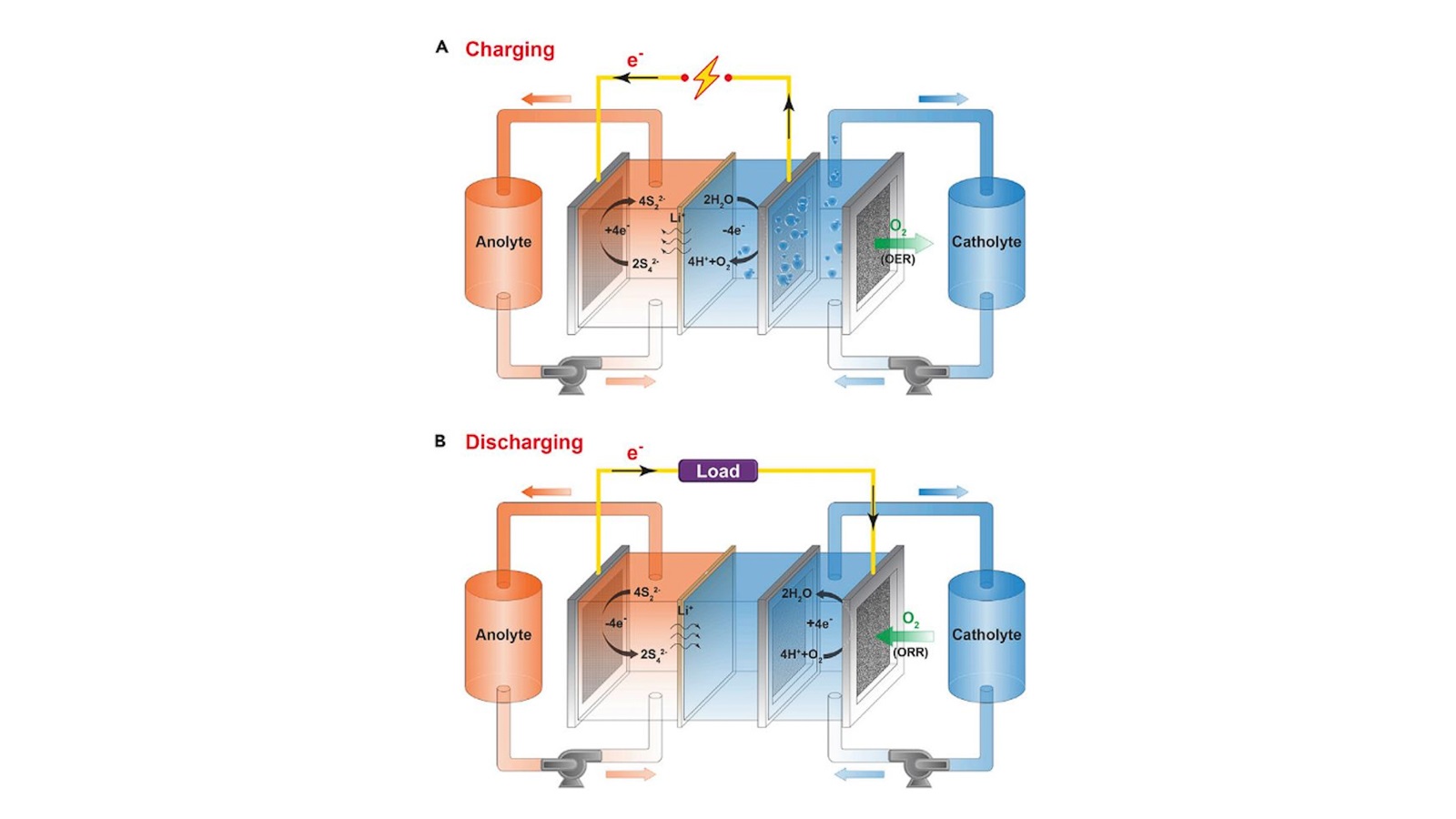
Reshaping the future of the electric grid through low-cost, long-duration discharge batteries
Research begun at the Department of Energy’s Joint Center for Energy Storage Research and continued at spinoff company Form Energy may launch a new era of renewable energy.

Story tips: Urban climate impacts, materials’ dual approach and healing power
ORNL identifies a statistical relationship between the growth of cities and the spread of paved surfaces. // ORNL successfully demonstrates a technique to heal dendrites that formed in a solid electrolyte. // ORNL combines additive manufacturing with conventional compression molding.
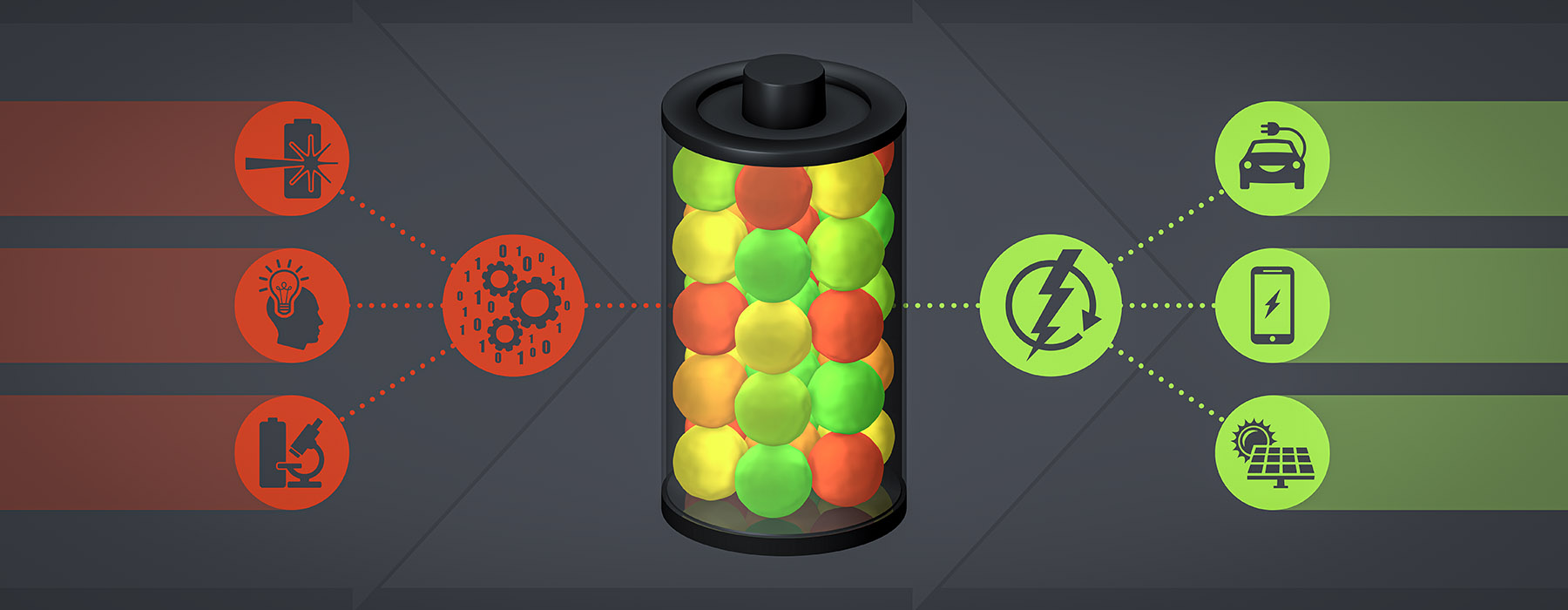
In a leap for battery research, machine learning gets scientific smarts
Researchers combined machine learning with knowledge gained from experiments and equations guided by physics to discover and explain a process that shortens the lifetimes of fast-charging lithium-ion batteries.
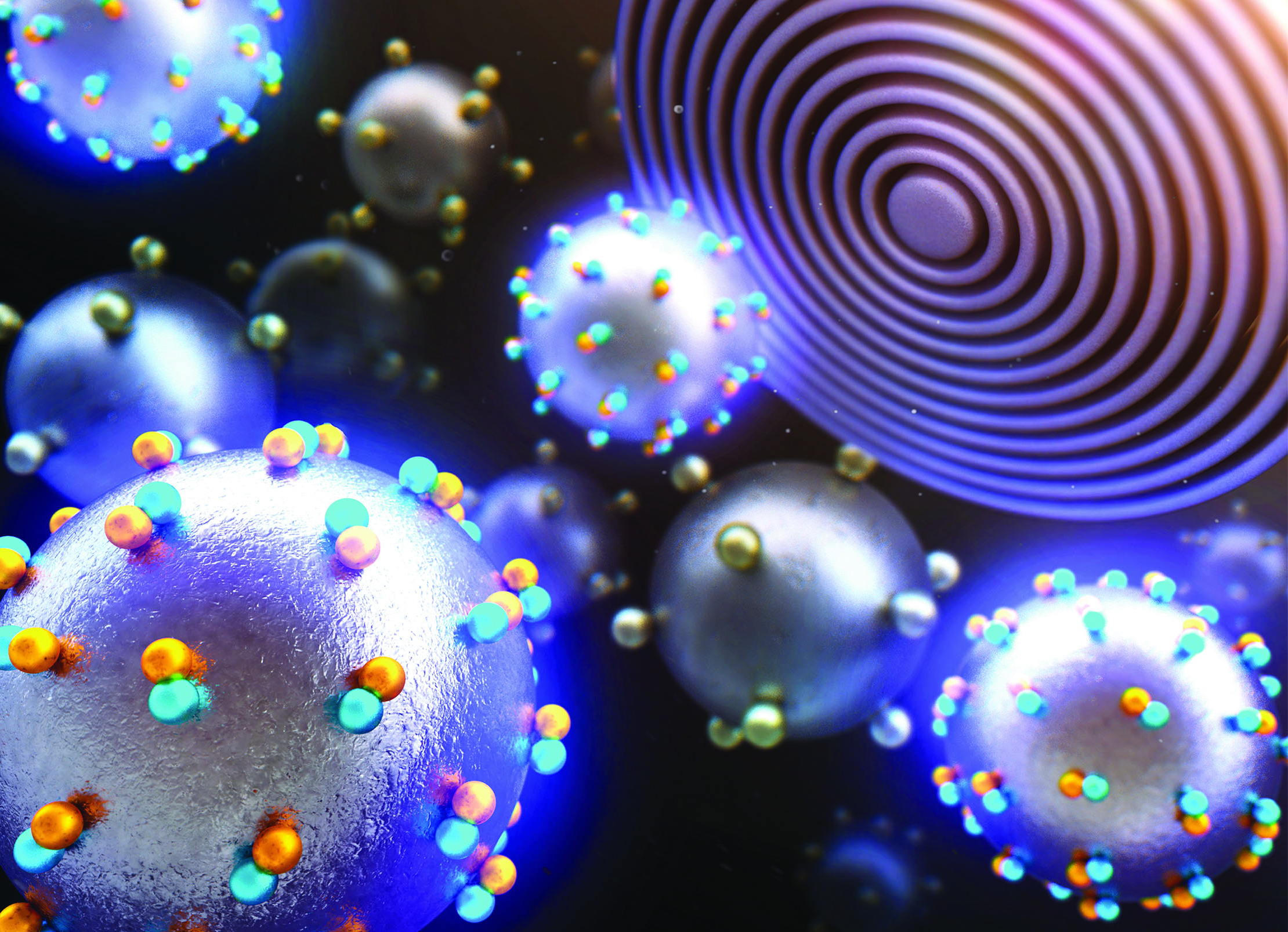
A COSMIC Approach to Nanoscale Science
COSMIC, a multipurpose X-ray instrument at Berkeley Lab’s Advanced Light Source, has made headway in the scientific community since its launch less than 2 years ago, with groundbreaking contributions in fields ranging from batteries to biominerals.
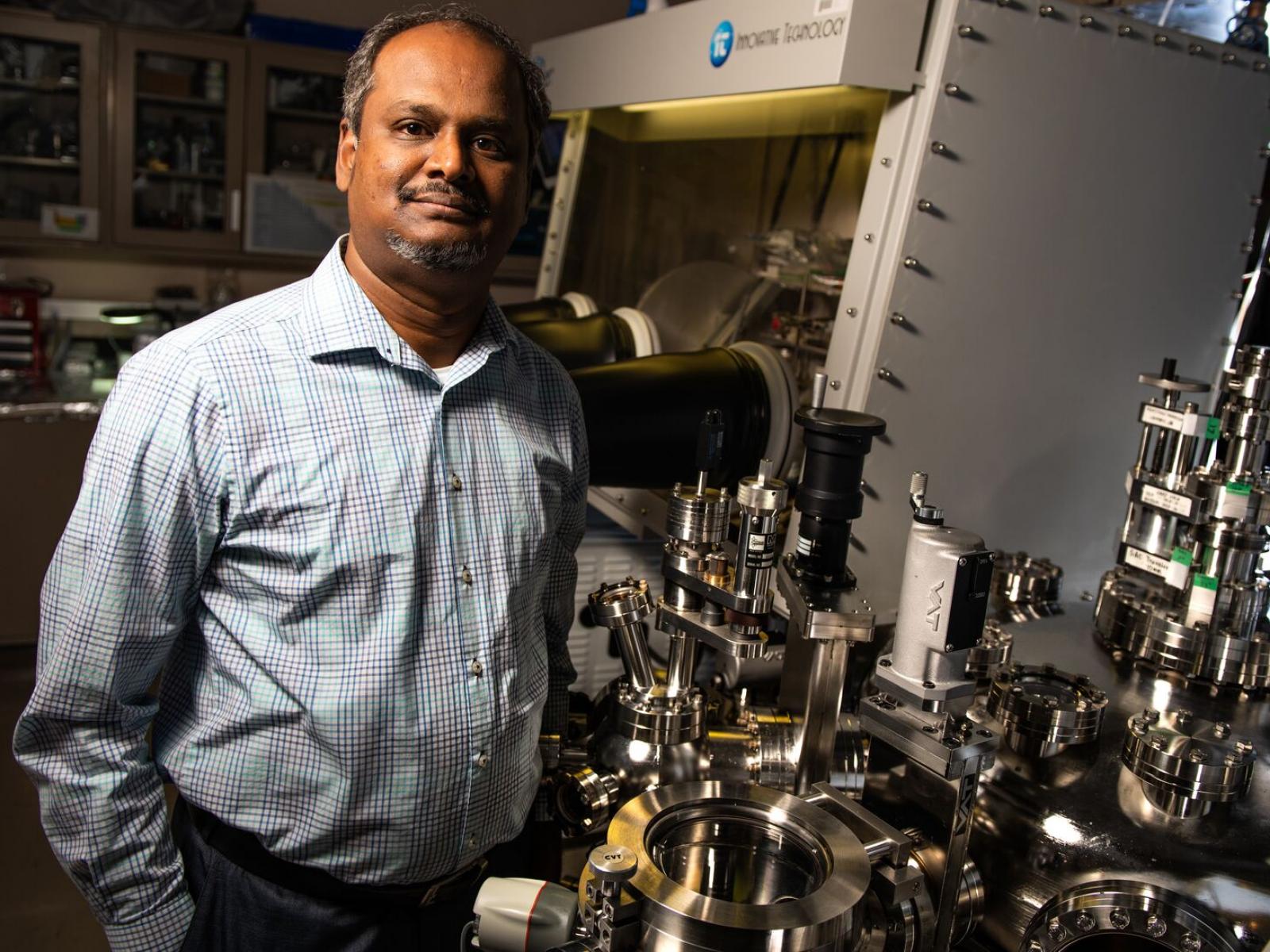
The Right Stuff to Find the Right Materials
As he prepares to enter PNNL’s Energy Sciences Center later this year, Vijayakumar ‘Vijay’ Murugesan is among DOE researchers exploring solutions to design and build transformative materials for batteries of the future.

PNNL Energy Sciences Center Will Help Realize Clean Energy Future
New 140,000-square-foot facility will advance fundamental chemistry and materials science for higher-performing, cost-effective catalysts and batteries, and other energy efficiency technologies.
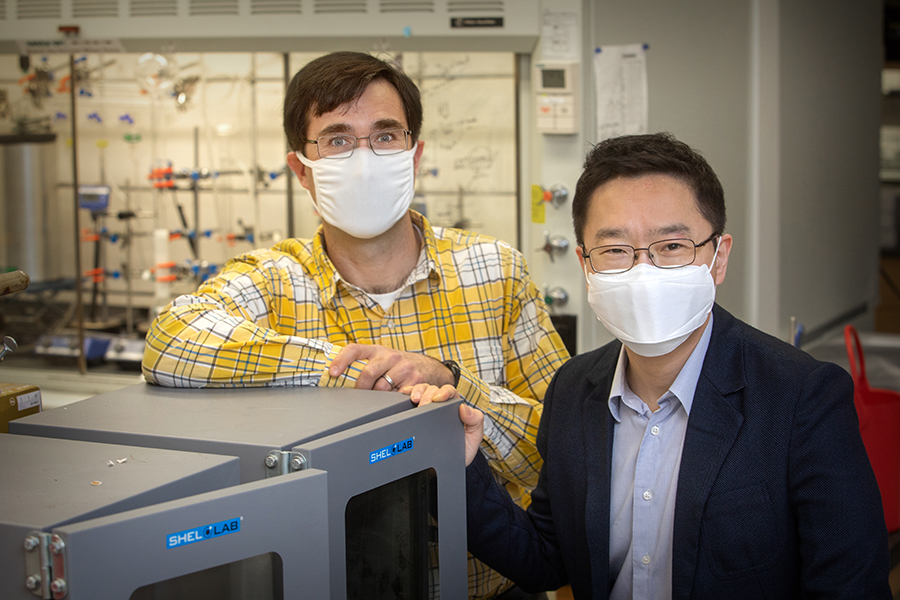
FSU researchers develop battery component that uses compound from plants
A Florida State University research team has developed a way to use a material found in plants to help create safer batteries. Using the organic polymer lignin — a compound in the cell walls of plants that makes them rigid — the team was able to create battery electrolytes.

Worth their salt: New battery anodes use salt for energy, stability
Researchers at the U.S. Department of Energy’s Argonne National Laboratory and the University of California San Diego have discovered that a material that looks geometrically similar to rock salt could be an interesting candidate for lithium battery anodes that would be used in fast charging applications.
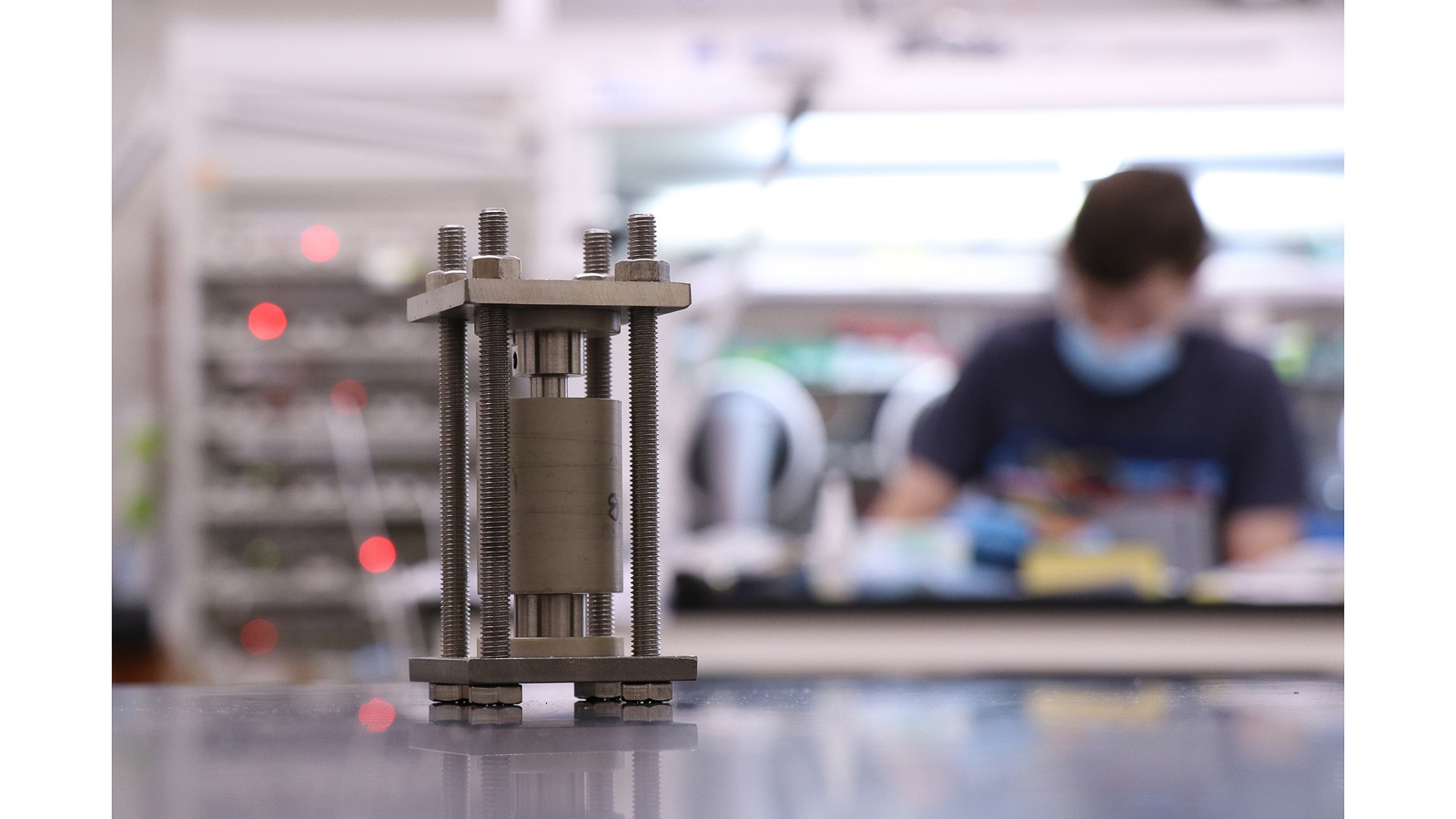
Inside the battery in 3D: Powerful X-rays watch solid state batteries charging and discharging
Using high-speed X-ray tomography, researchers captured images of solid-state batteries in operation and gained new insights that may improve their efficiency.
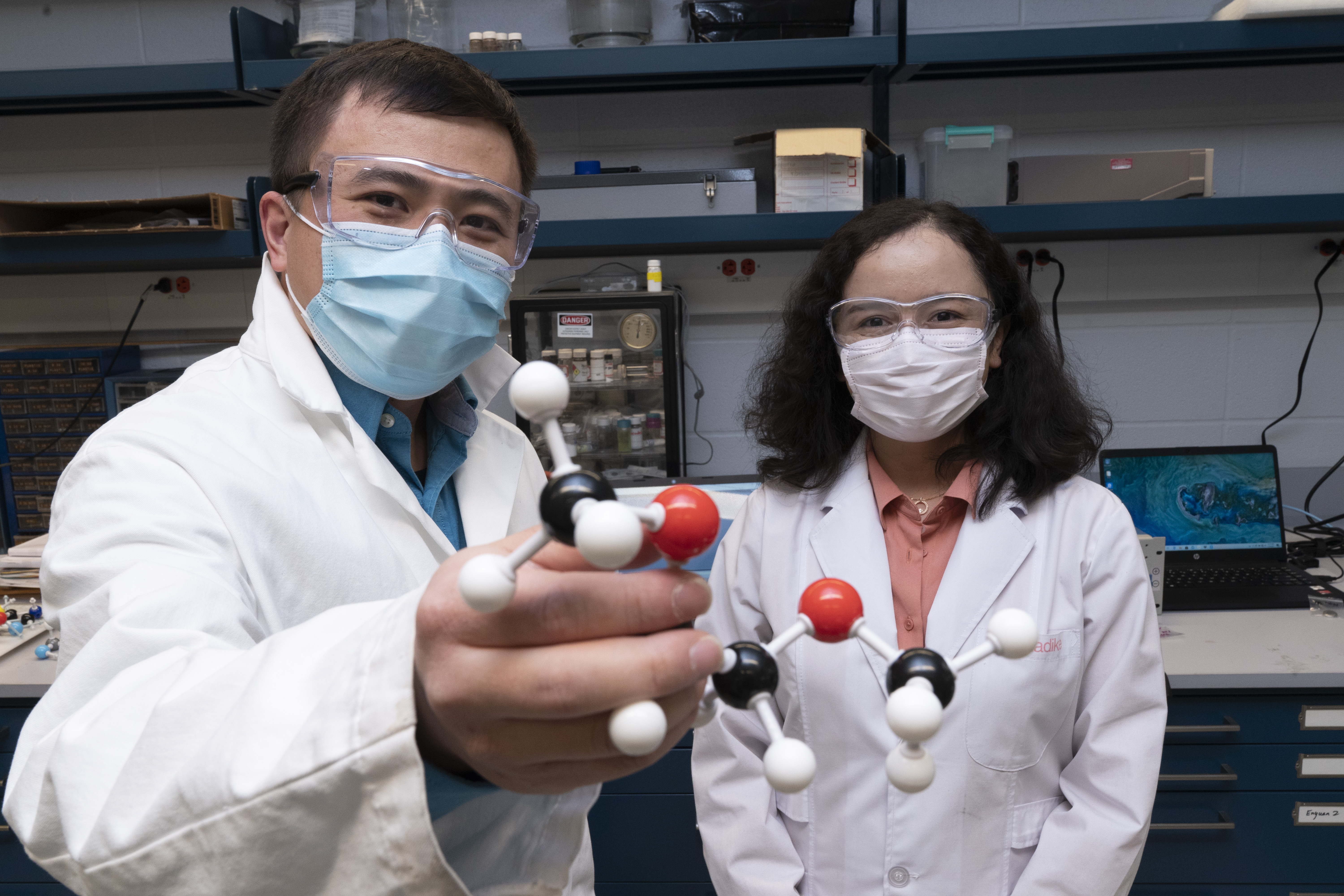
Chemists Settle Battery Debate, Propel Research Forward
UPTON, NY—A team of researchers led by chemists at the U.S. Department of Energy’s (DOE) Brookhaven National Laboratory has identified new details of the reaction mechanism that takes place in batteries with lithium metal anodes. The findings, published today in Nature Nanotechnology, are a major step towards developing smaller, lighter, and less expensive batteries for electric vehicles.
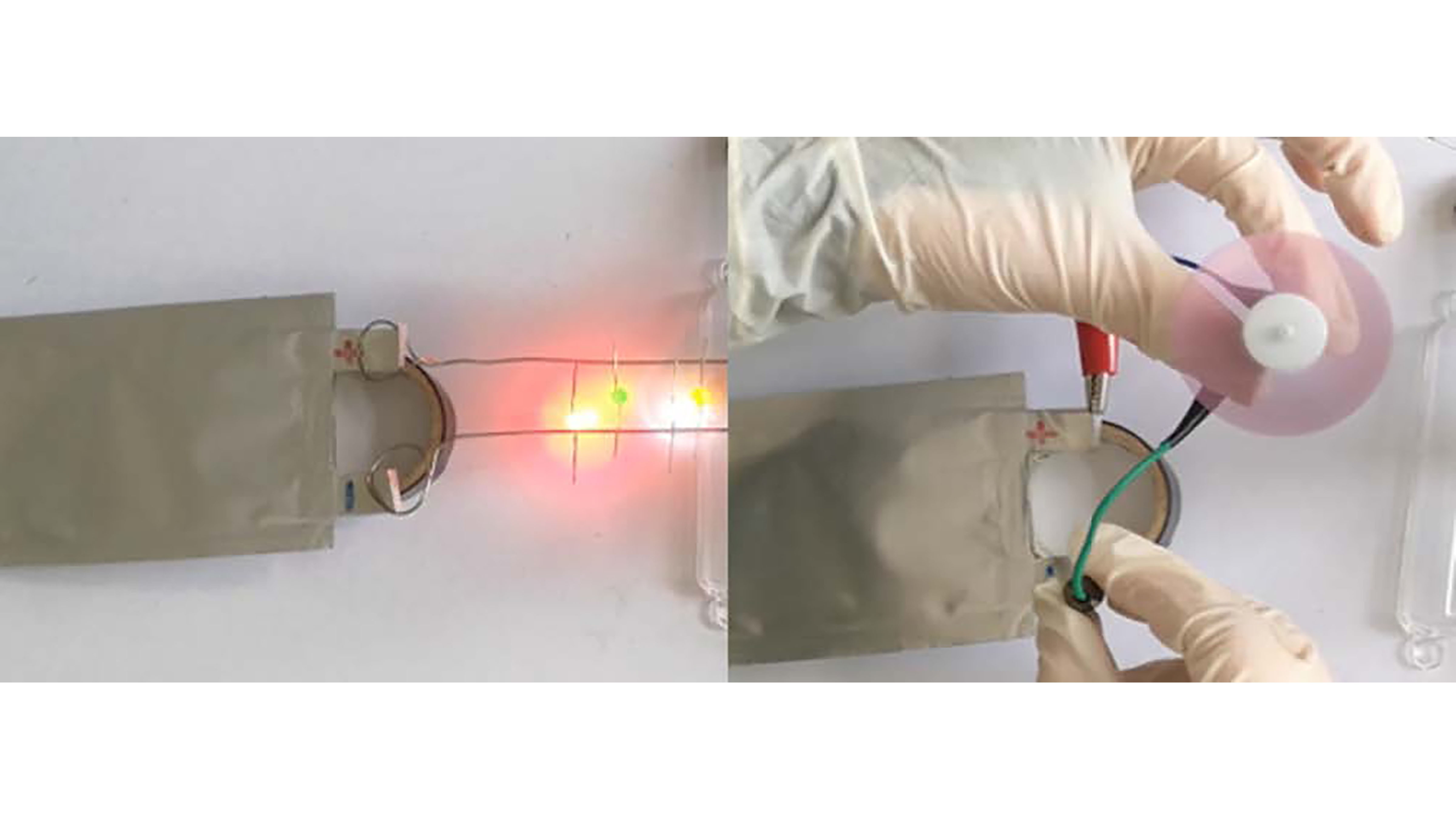
Can Sodium-Ion Batteries Replace Trusty Lithium-Ion Ones?
Sodium-ion batteries are a potential replacement for lithium batteries, but different anodes are needed for the same level of performance. Amorphous carbon is known to be a useful anode, because it has defects and voids that can be used to store sodium ions. Nitrogen/phosphorus-doped carbon also offers appealing electrical properties. In Applied Physics Reviews, researchers describe how they applied basic physical concepts of atomic scale to build high-performance anodes for sodium-ion batteries.
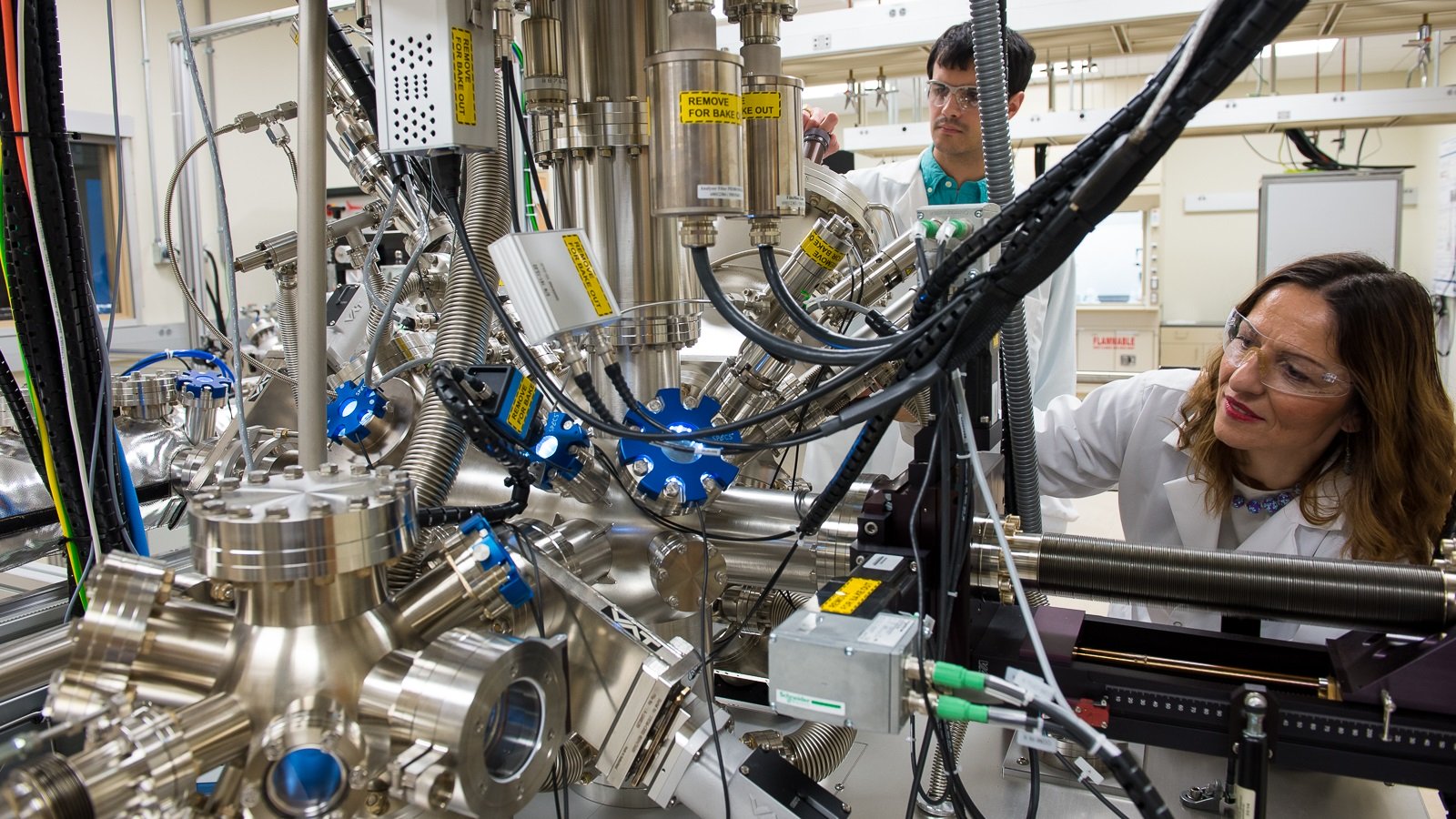
The continuing quest to find a better battery
Taking a look back at the paths taken by the Joint Center for Energy Storage Research.

High-rate Li-ion batteries demonstrate superior safety
As the inevitable growth of transport electrification continues, the types of batteries that will be used in such vehicles, their charging parameters, infrastructure and timeframes are key considerations that will speed up the transition to electrification.
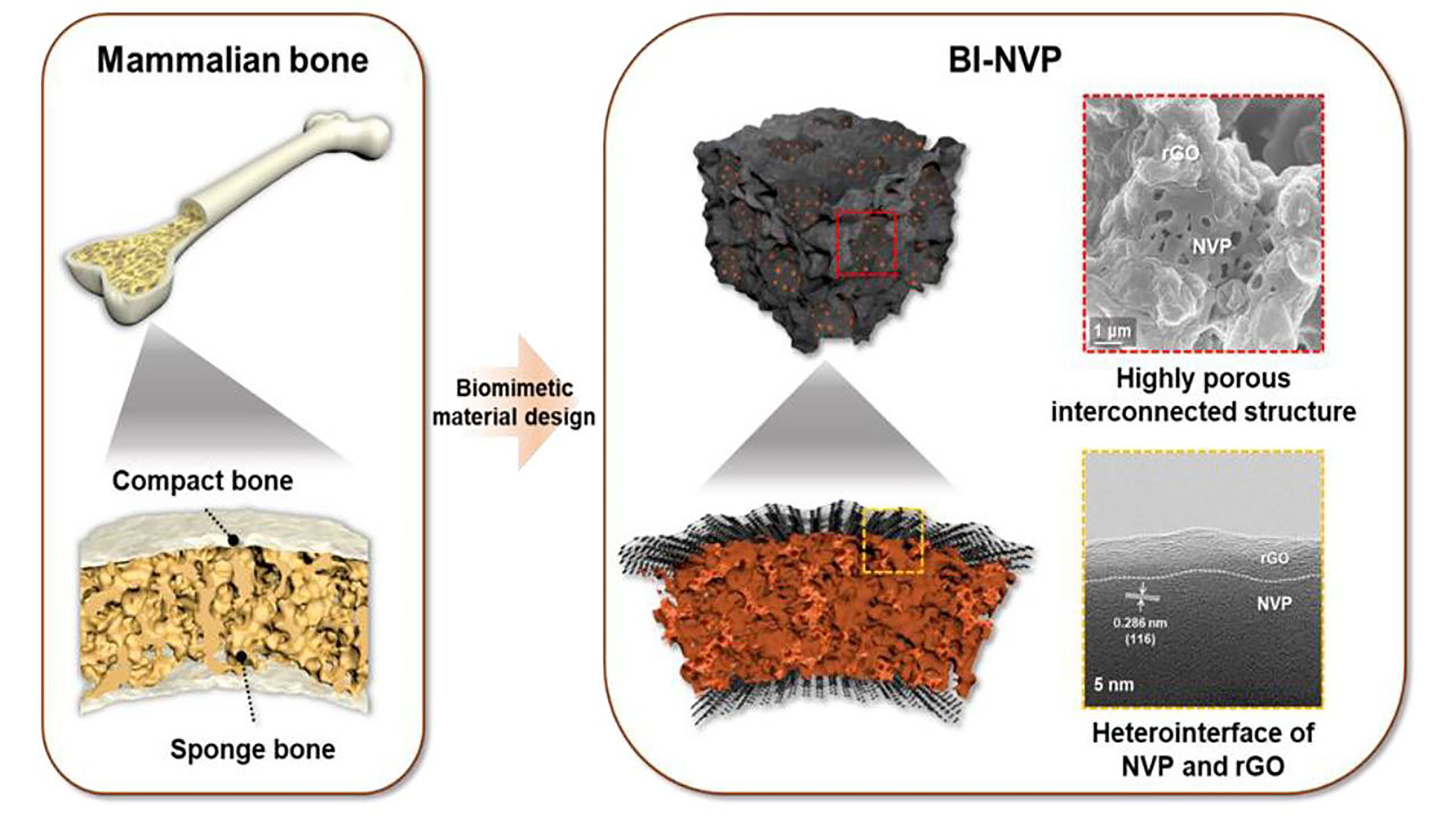
Batteries Mimic Mammal Bones for Stability
Sodium-ion batteries offer several advantages over lithium-ion batteries; however, it is difficult to develop sodium cathodes, materials through which electrons can enter a battery. Many candidate materials are unstable or cannot withstand high voltages. To find a solution, researchers turned to nature. They created a porous system of NVP structures, surrounded by a dense shell of reduced graphene oxide. They describe the mammal bone-inspired sodium cathode in the journal Applied Physics Reviews.

A flexible screen-printed rechargeable battery with up to 10 times more power than state of the art
A team of researchers has developed a flexible, rechargeable silver oxide-zinc battery with a five to 10 times greater areal energy density than state of the art. The battery also is easier to manufacture; while most flexible batteries need to be manufactured in sterile conditions, under vacuum, this one can be screen printed in normal lab conditions. The device can be used in flexible, stretchable electronics for wearables as well as soft robotics.

New ‘Genomic’ Method Reveals Atomic Arrangements of Battery Material
Scientists have developed a new way to decipher the atomic-level structure of materials based on data gleaned from ground-up powder samples. They describe their approach and demonstrate its ability to solve the structure of a material that shows promise for shuttling ions through sodium-ion batteries.
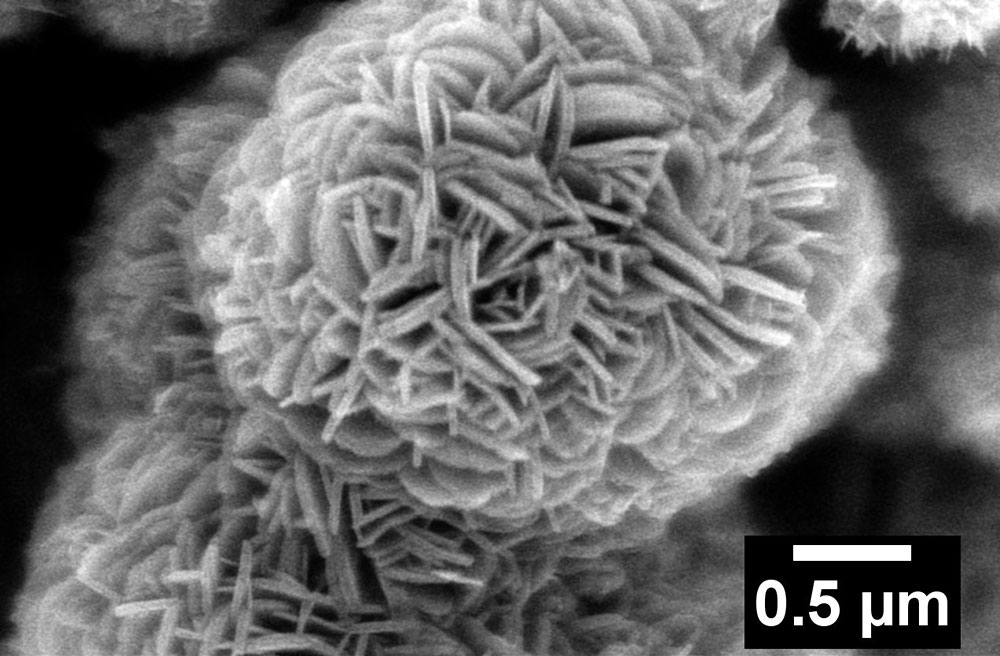
Lithium-Ion Battery Research “Flowers”
Scientists improved the performance of a battery electrode material with a unique flower-shaped nanostructure.